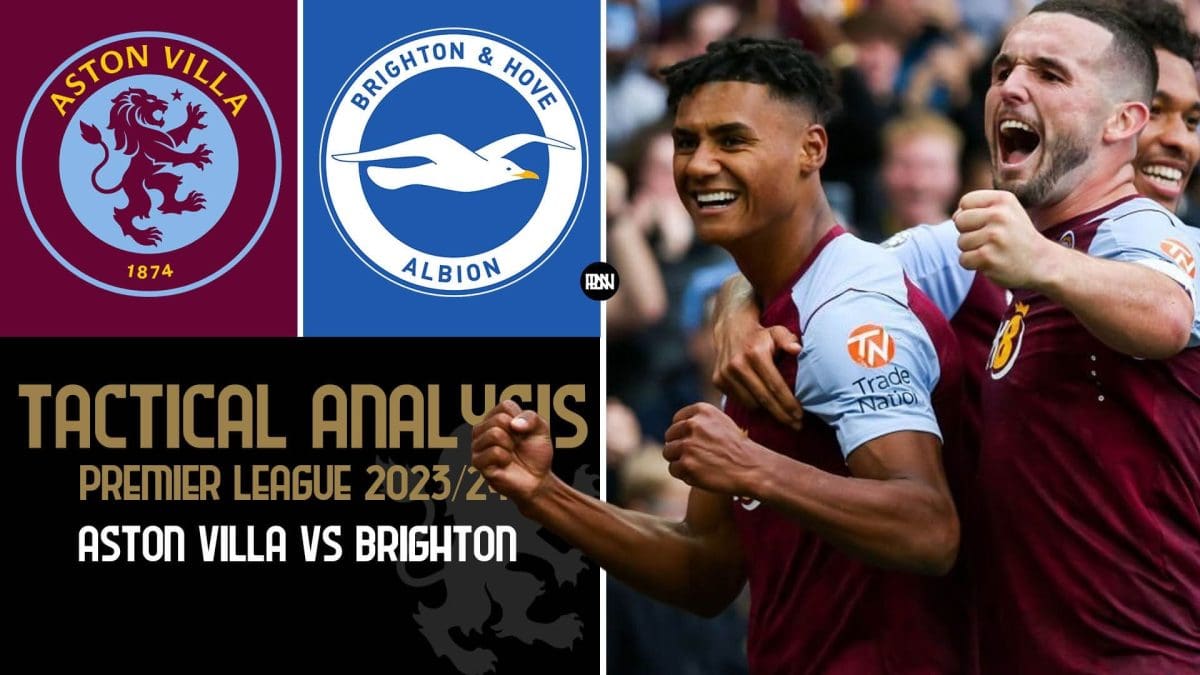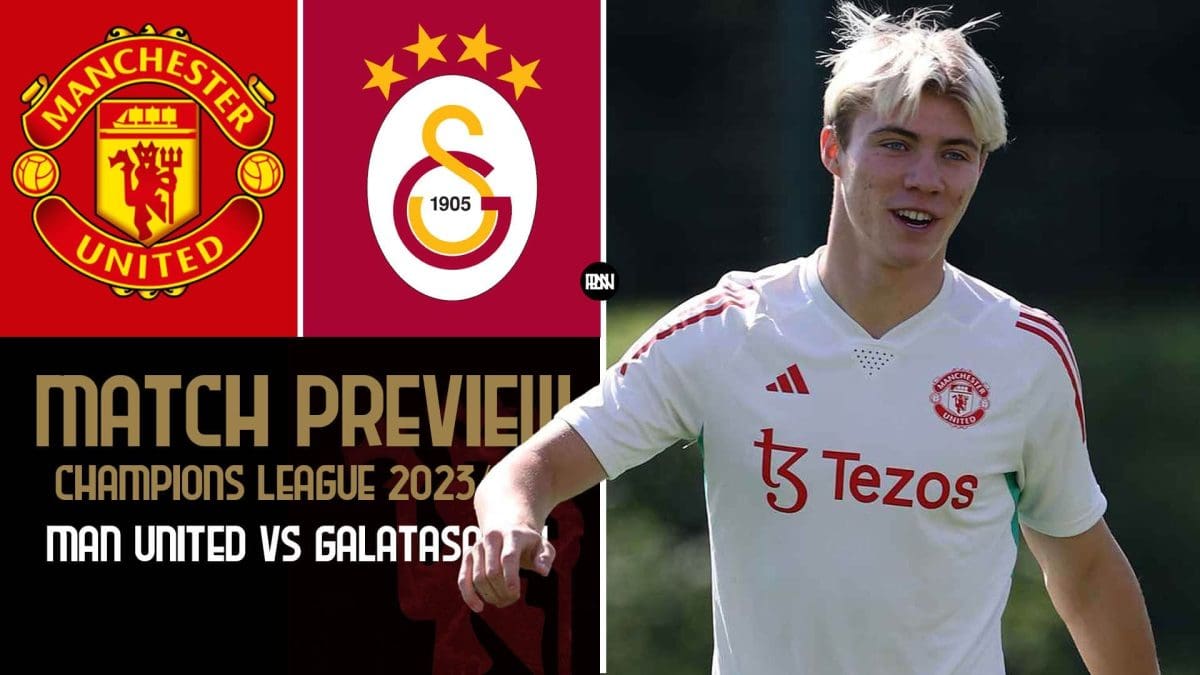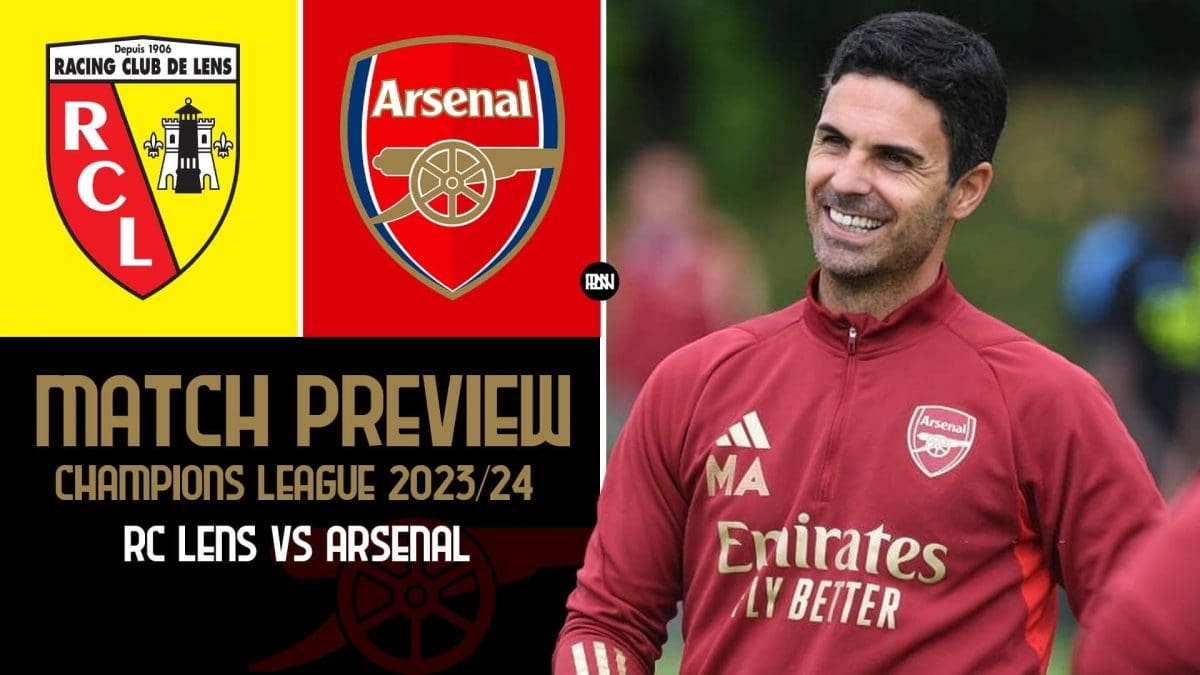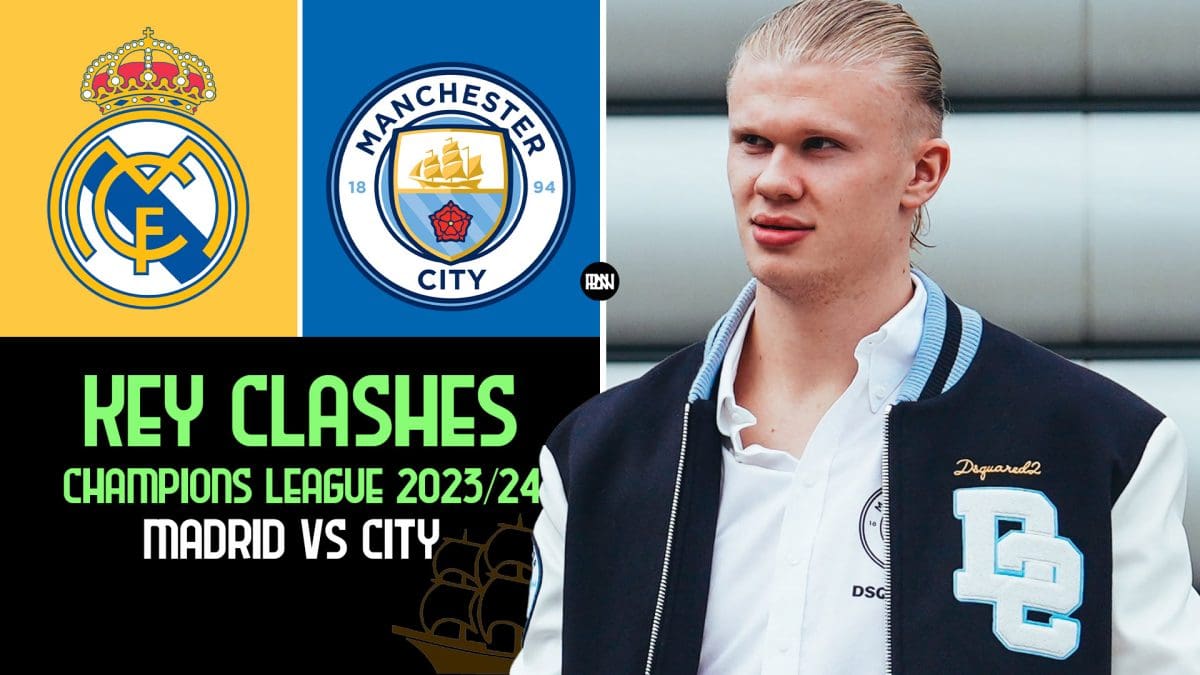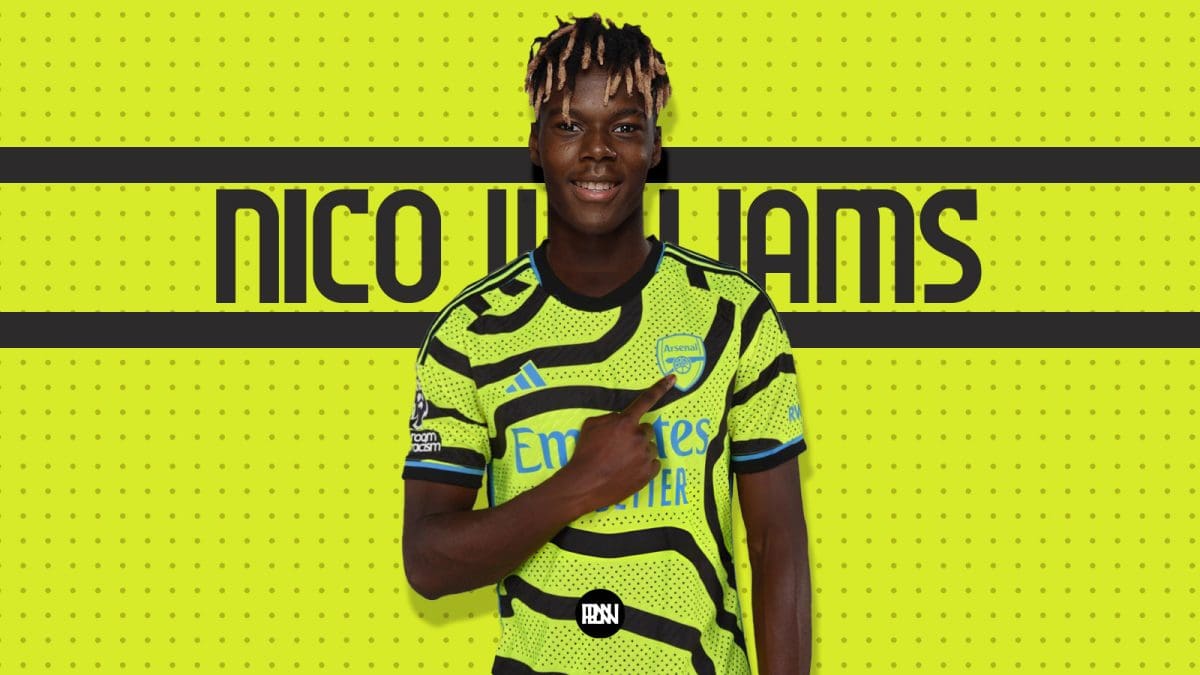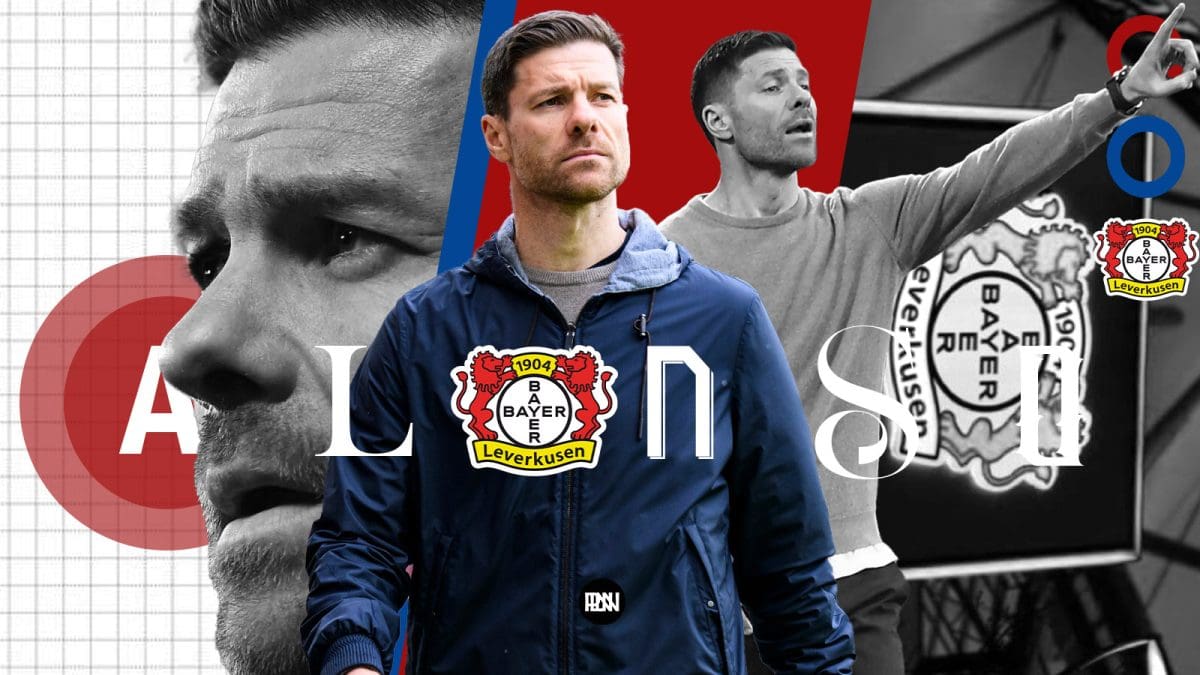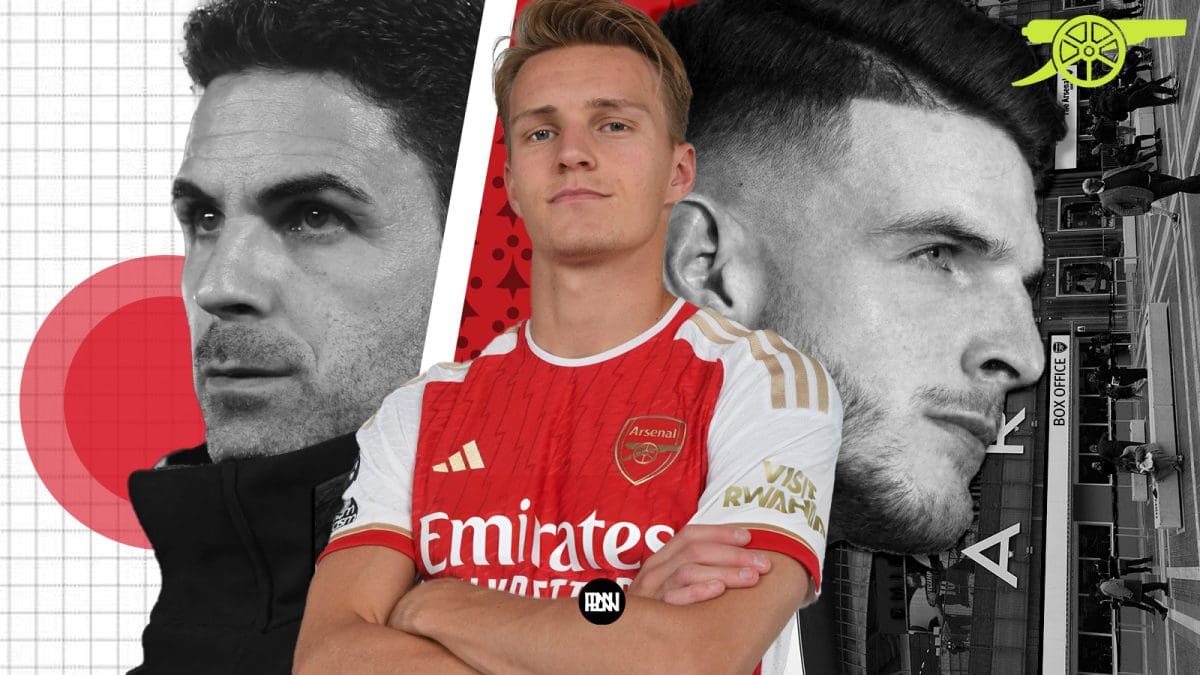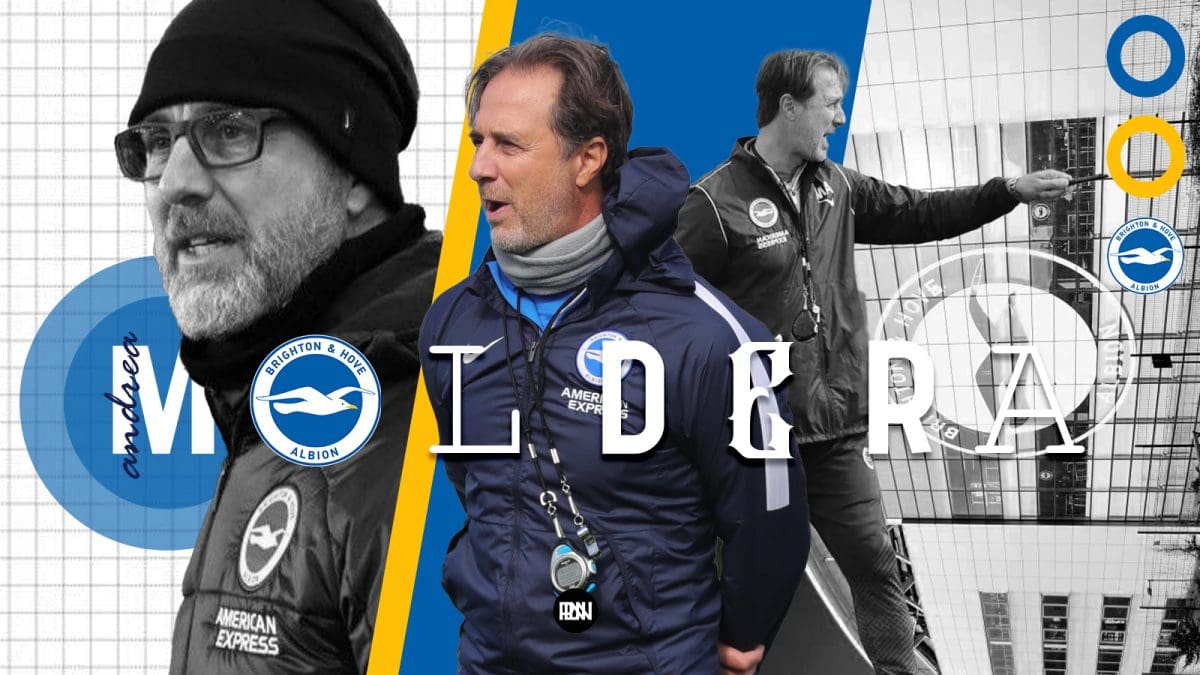As Aston Villa and Brighton & Hove Albion met this past weekend, both teams were going through a sort of up-down form. Villa recently secured two consecutive Premier League wins against Crystal Palace and their rivals Chelsea, but lost 3-2 and 2-1 to Legia Warszawa in the Conference League and Everton in the EFL Cup respectively. For Brighton, it was a similar case as the Seagulls beat Man United at Old Trafford and Bournemouth at home before losing 3-2 and 1-0 to AEK Athens in the Europa League and Chelsea in the EFL Cup respectively.
This match held significant importance in terms of boosting morale and regaining momentum for Unai Emery and Roberto De Zerbi’s teams. Astonishingly (or rather expectedly for a few), the Villains made sure the travelling Seagulls were brought down in their Park. So how did it transpire?? Let’s find out:
Aston Villa’s Out of Possession ideas: Stupendous Execution of Stifling Brighton
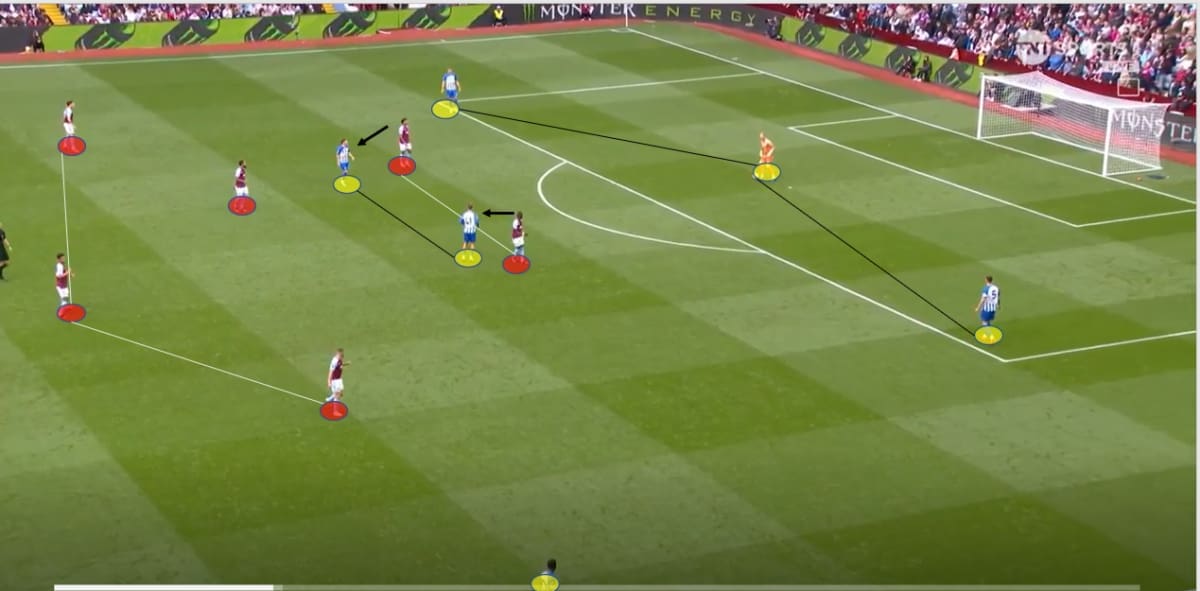
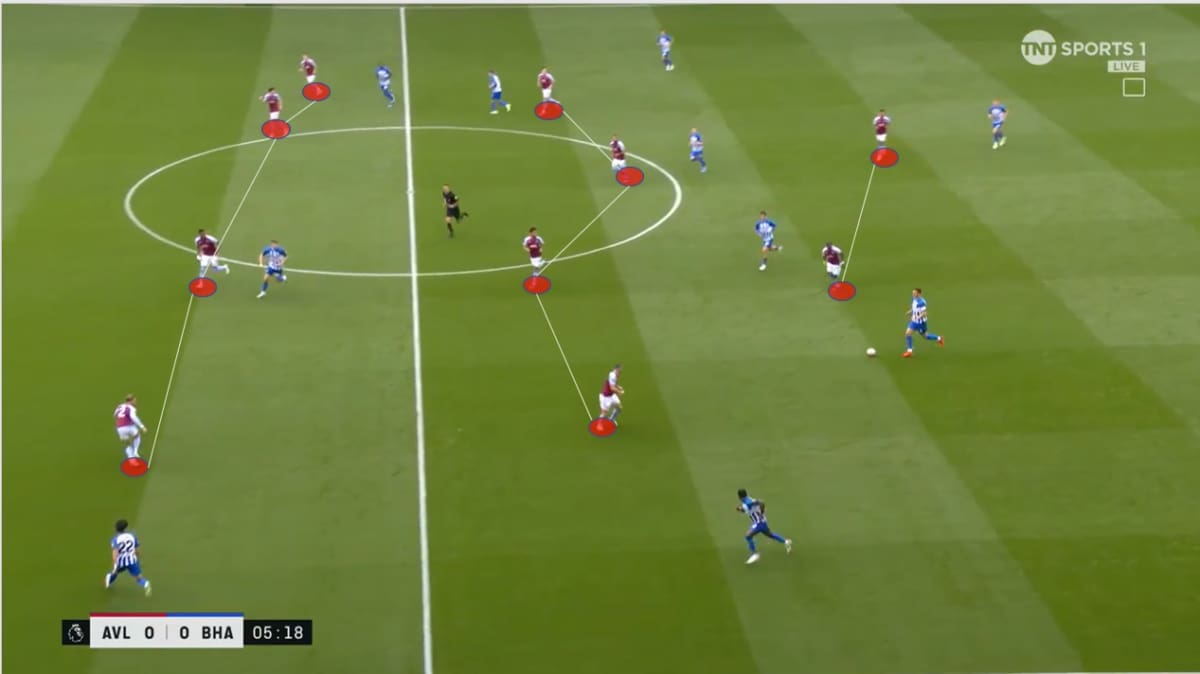
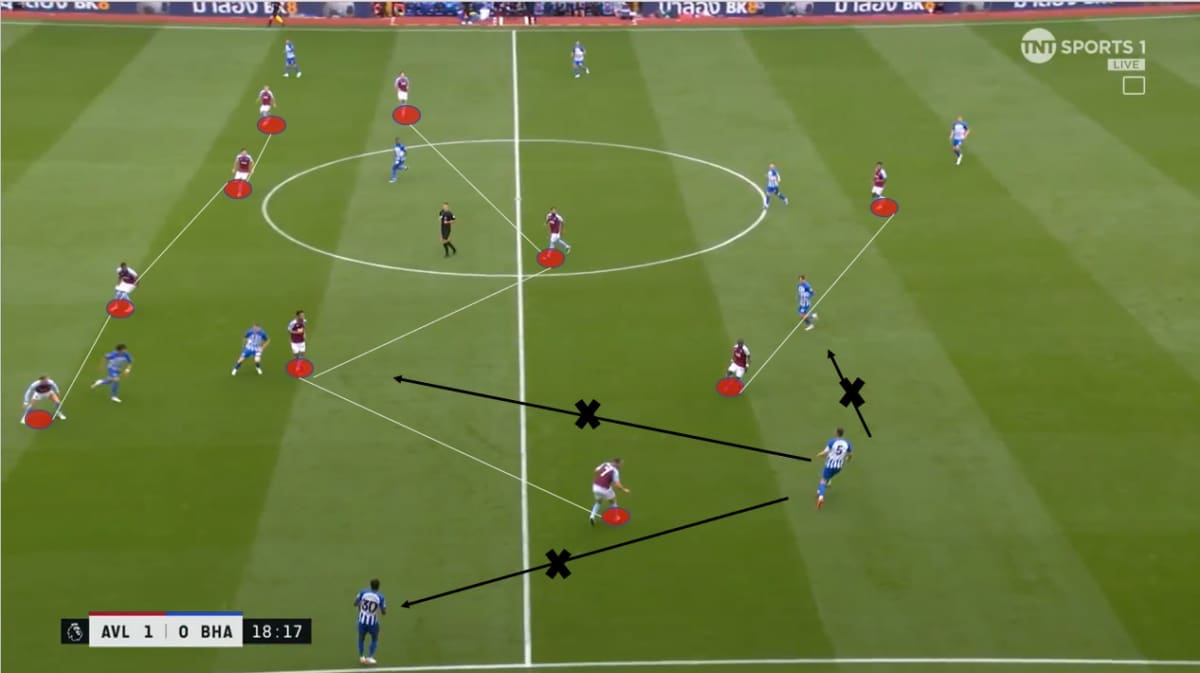
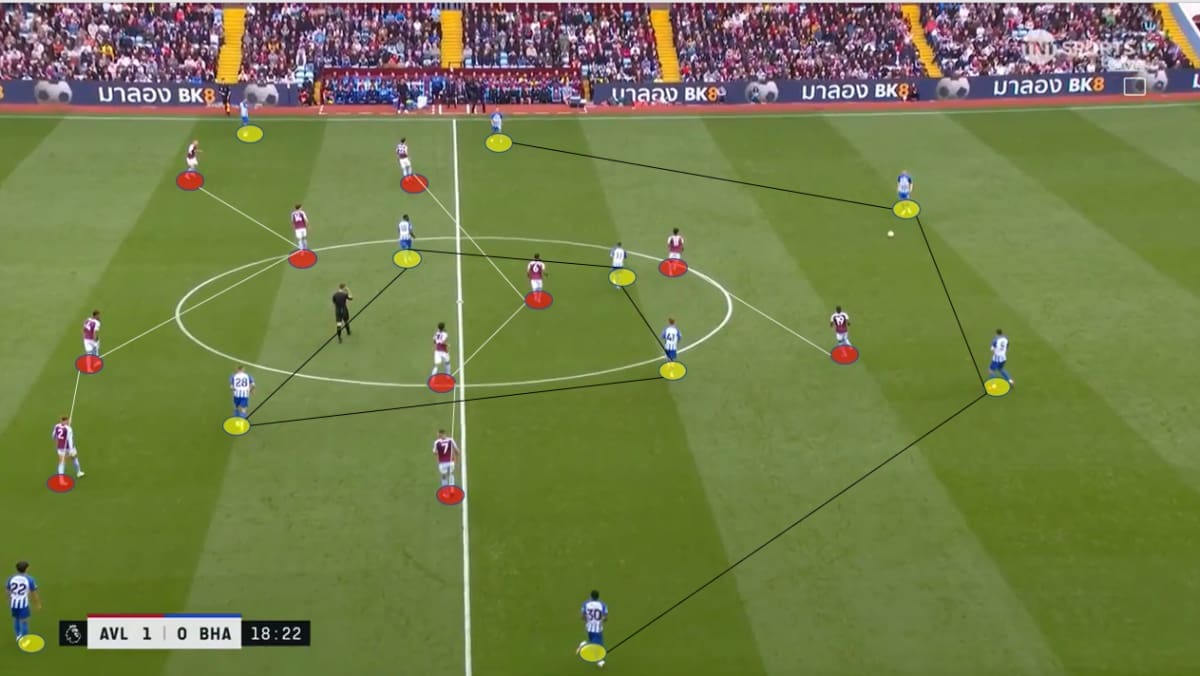
Pics 1, 2, 3, 4: Villa’s Execution of a 4-3-1-2/4-4-2 structure that took Brighton’s rhythm.
In my previous analysis of Brighton, one of the most prominent and arguably crucial aspects of their style of play is their activation strategy. Their game model is based on activating moves triggered by how their opponent pressures them, and because of this many coaches would usually prefer to let Brighton take the initiative and hit them on the transition.
But it’s also important to note that letting Brighton take the initiative always won’t work and Emery’s Villa resonated a chord by finding the balance between both. Villa’s philosophy was simple: Close down the central lanes and observe when to press especially once the ball is in the wide channels. Using a 4-3-1-2 (Pic 1) structure, Aston Villa would initially remain zonal, keeping their shape and ensuring Brighton takes the initiative.
Then as we see in pics 2 and 3, they pressed once the ball got wide, going man to man and in this process aim to create separation in the midfield areas when Brighton’s midfielders would drift wide to support. This is where they managed to ensure or rather force Brighton to either recirculate or play vertical riskier passes (pic 3 a great example) with the Villa 4-4-2 block that was so flexible even against the 4-2-2-2 of Brighton (pic 4).
Simple tactical fouls inside the wide traps essentially disrupted Brighton’s whole idea of a synchronized breaking down of an opponent’s press. This was just masterful of Unai Emery and his players to ensure they executed it just too good that it set a big margin victory for the Villains.
Aston Villa’s In Possession Structure- Brave and Robust
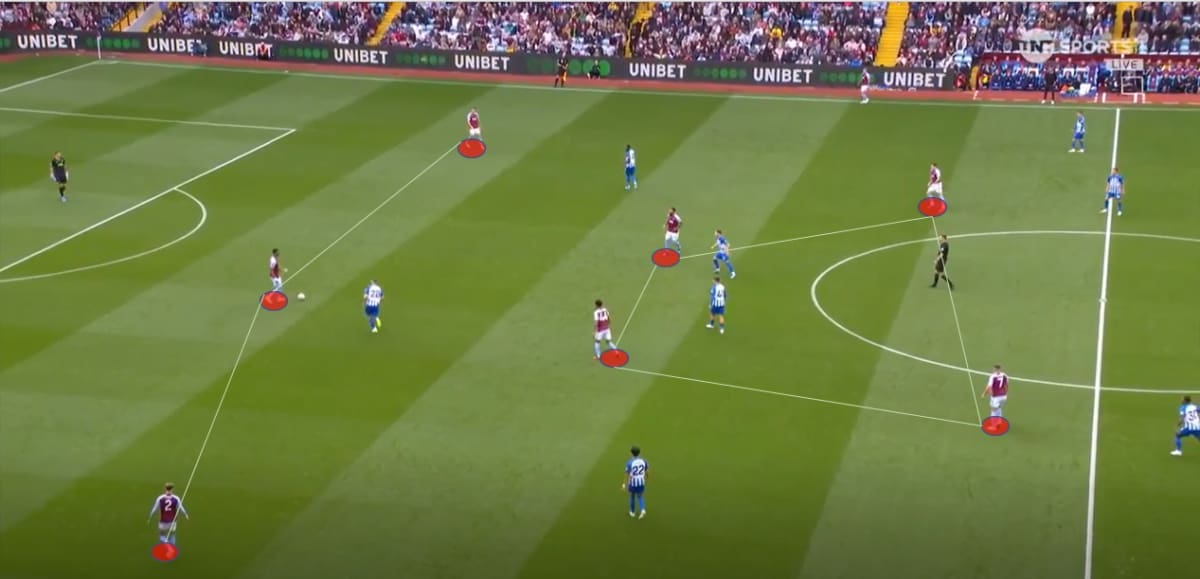
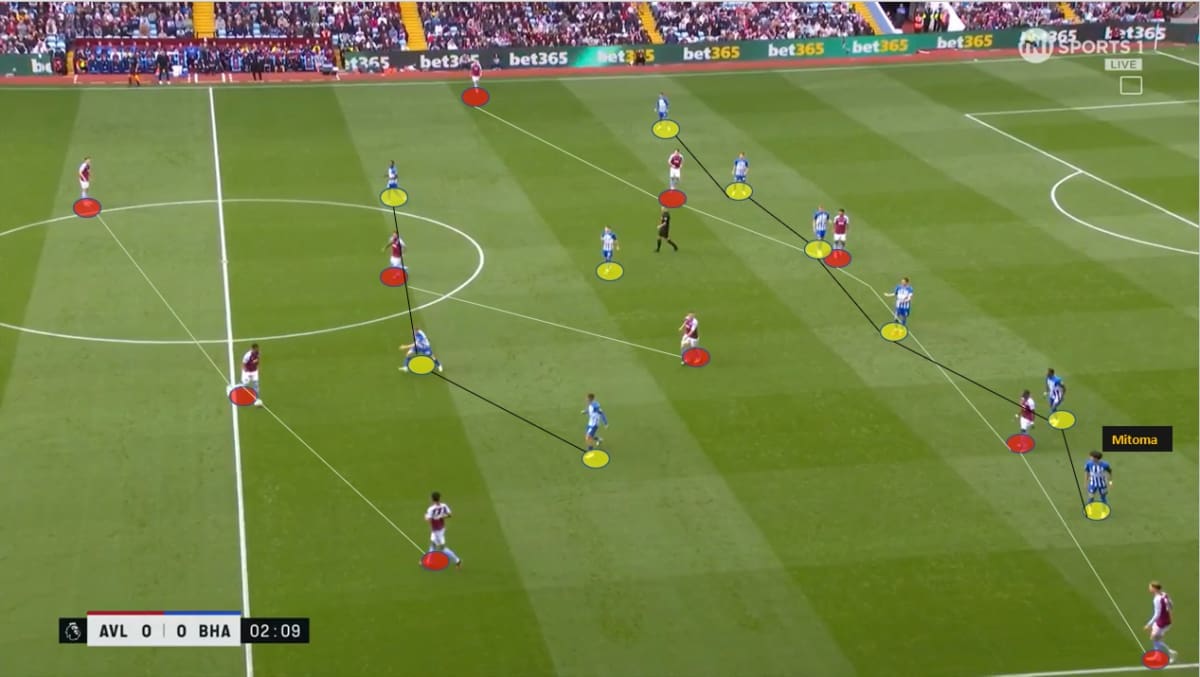
Pics 5, 6: Villa in possession
As we previously discussed Emery’s pursuit of balance, it also meant striking the Balance in possession too. Emery’s initial phase involved a 3-2 buildup and a midfield formation resembling a box, which inherently pressured Brighton to maintain a narrower shape.
Given the wide capabilities of both Zaniolo and Diaby, it would be prudent to consider employing a 3-2-5 formation to create an overload on the Seagulls’ defensive line during the final phase. This tactical adjustment would likely compel Brighton to drop one of their wingers deeper into a defensive position.
This gives 2 advantages:
- Brighton almost sits in a 6-1-3 shape to cancel the 5-man overload of Villa where Mitoma is too deep that his threat in any transition is nullified.
- Since their numbers in the middle is a 3-1 structure of Ferguson as the lone striker, Villa with a 3-2 (Pic 6 is a great example) have a man advantage in the middle, making it easier to circulate the ball.
Looking at the footage of Aston Villa’s 1st goal: it’s noticeable that Mitoma is positioned deeper on the field while Matty Cash is maintaining a wider position. Villa had the advantage of versatile attacking options, enabling them to switch and maintain width effectively, whether it was Diaby or Cash. Consequently, De Zerbi was compelled to adjust by having Mitoma drop deeper to match Estupiñán against Diaby, given Diaby’s speed and physicality. However, this tactical decision also exposed Mitoma’s defensive limitations, which Villa capitalized on.
Aston Villa’s second goal encapsulates the overall strategy employed to disrupt Brighton’s gameplay. Villa’s effective pressing disrupted Brighton’s rhythm in playing out from the back and then strategically allowed Brighton to become comfortable by enticing them to push up the field. All Aston Villa needed was one moment of mistake as their pressback was brilliant which led to Watkin’s 2nd goal.
Brighton’s 3-2 formation with the goalkeeper didn’t prove effective as the man-to-man orientation of Villa takes the steam out of Brighton’s sequence. Even if De Zerbi wanted to stretch the pitch by positioning the CBs wide and creating gaps across the pitch, Aston Villa maintained a structural rigidity across wide areas and in central zones as well, forcing Brighton to rely on winning 2nd balls or recirculate to draw press.
Conclusion
It’s a very unpopular opinion, but perhaps games like this do emphasize a recurring trend in De Zerbi’s teams (not limitng ourselves to his Brighton exploits but his career in the last few years) that it’s impossible to make a single winning formula against all teams. It’s what coaches ranging from Pep Guardiola to Jurgen Klopp and newer coaches like Arteta and Nagelsmann have slowly started putting emphasis on.
As far Emery is concerned, he’s well placed to keep raising the floor of this Villa team in a project tailored for him by Monchi and Aston Villa showing they are a capable side able to execute various styles of football according to the environment, the main idea of Emery’s game model.


